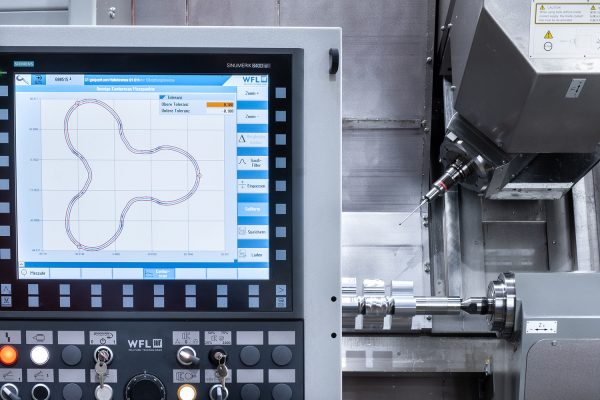Proactive Maintenance 101: Define Your TOW!

The most important proactive maintenance exercise you can do for a piece of hydraulic equipment is to define its temperature operating window (TOW) and then ensure the equipment always operates within this window.
Operating temperature is inversely related to oil viscosity. If operating temperature is too high for the grade of oil being used in the hydraulic system, loss of full-film lubrication can result in scuffing and adhesive wear. If operating temperature is too low for the grade of oil being used in the hydraulic system, cavitation can occur, damaging major components—catastrophically in severe cases.
Within the allowable extremes of viscosity (TOW) required to maintain adequate lubricating film thickness for hydraulic components and to prevent cavitation, there’s a narrower viscosity range (TOW) where power losses through fluid and mechanical friction and internal leakage are minimized, and therefore, power transfer is maximized.
If the hydraulic machine’s temperature operating window is maintained in this optimum range, machine cycle times are faster (productivity is increased) and power consumption (diesel or electricity) is reduced. And so defining the machine’s optimum operating viscosity range—and operating it within—is the ultimate goal of this exercise.
Before the correct oil grade (and Viscosity Index) can be chosen for a particular hydraulic machine, operating in a specific climate, it is essential to tabulate the allowable and optimum viscosity data for each type of pump and motor used in the hydraulic system.
Note that the pumps and motors in the hydraulic system are what we are most concerned with here, because these components feature the most critical and heavily loaded lubricated contacts. It is also important to be aware that the allowable and optimum viscosity range recommended can widely vary depending on the design and construction of the pump or motor.
For example, consider a hydraulic system in which a Bosch Rexroth A10VO140 axial piston pump and a Hagglunds Compact CA50 radial piston motor are installed. From the manufacturer’s data, the maximum allowable viscosity for the Bosch Rexroth pump is 1,000 centistokes at cold start and minimum allowable viscosity is 10 centistokes, while the recommended optimum operating viscosity range is 16 to 36 centistokes. The maximum allowable viscosity for the Hagglunds motor is 10,000 centistokes, and the minimum allowable viscosity is 20 centistokes. The recommended optimum viscosity range is 40 to 150 centistokes.
The above information is tabulated in Table 1, where you can see the viscosity requirements for each of these hydraulic components are significantly different. This is important because to figure out the correct oil viscosity, we need to be guided by the lowest maximum viscosity and the highest minimum viscosity.

This will make more sense as we work through this example. The Hagglunds motor can cope with a maximum allowable viscosity of 10,000 centistokes, but this would likely destroy the Bosch Rexroth pump. So in this column, the lower value of 1,000 centistokes is the defining number, and I’ve highlighted this value.
The same logic applies to maximum optimum viscosity, where 150 centistokes is still optimal for the Hagglunds motor, but not for the Rexroth pump. Again, 36 is the lower of the two numbers and is therefore the critical value in this column.
Conversely, the Bosch Rexroth pump is okay with a minimum allowable viscosity of 10 centistokes, but the Hagglunds motor is not. So the higher of the two numbers (20 centistokes) is the critical number in this column.
The same logic applies to minimum optimum viscosity, where 40 is the higher of the two numbers and is therefore the critical value in this column.
So, for this system as a whole, the allowable operating viscosity range is 20 to 1,000 centistokes.
Notice, however, that the minimum optimum viscosity value for the Hagglunds motor of 40 centistokes is higher than the maximum optimum viscosity value for the Bosch Rexroth pump. There’s nothing we can do about this, and it means the Bosch Rexroth pump must operate at a viscosity that is slightly higher than its optimum. Priority should be given to maintaining optimum operating conditions for the Hagglunds motor.
What this also shows is the importance of doing this exercise. If we simply took the recommended viscosity values for the Bosch Rexroth pump and applied them to the system, it’s possible the service life of the Hagglunds motor would be compromised.
Having collected, tabulated, and analyzed the above data, the next step is to consider possible oil viscosity grades. This involves defining the temperature that corresponds to each of the highlighted viscosity values in Table 1 for a particular grade and VI of oil, and then comparing these temperatures to the expected operating oil temperature range for the machine at its specific location. This will be the subject of a future article.







